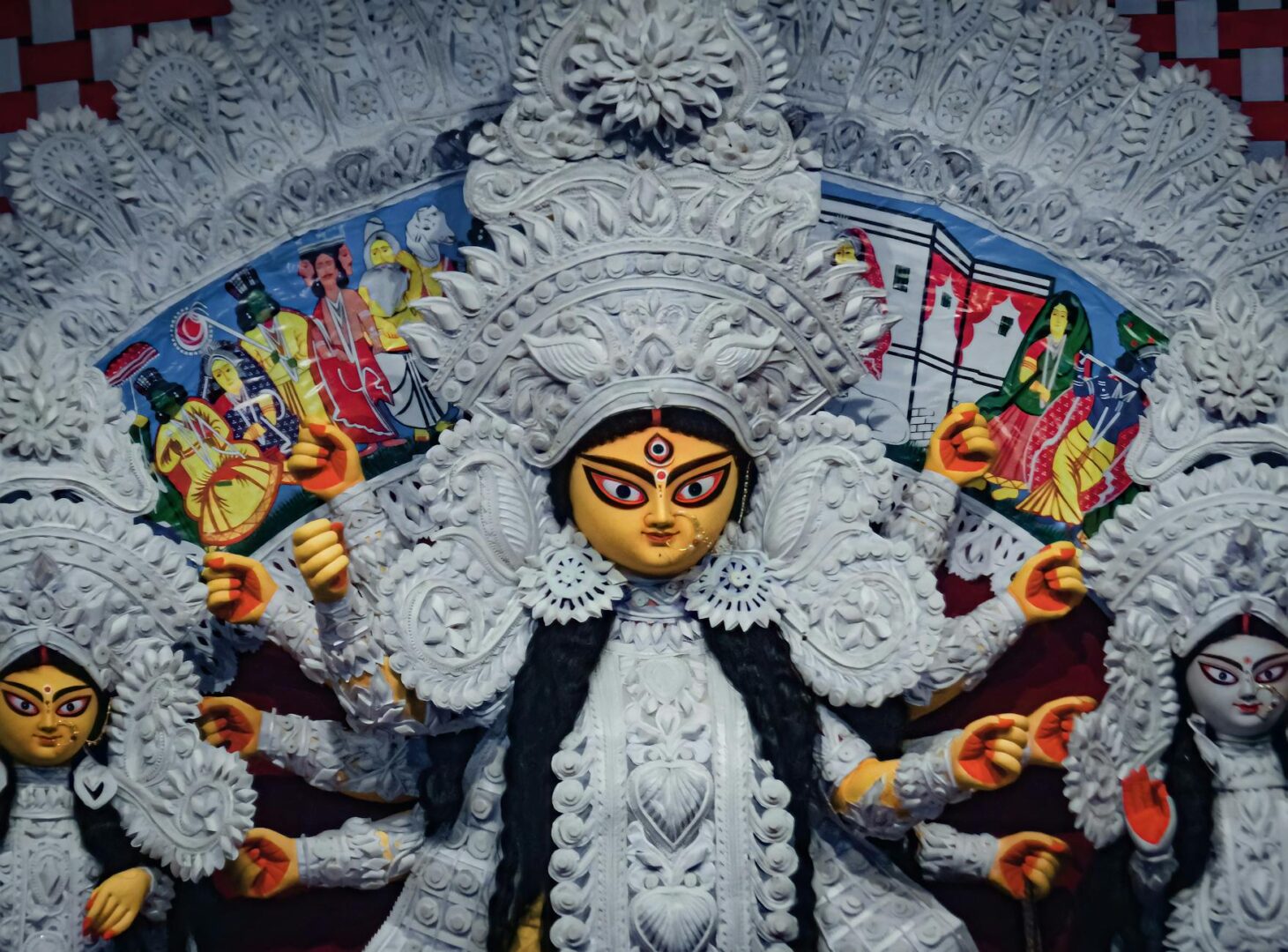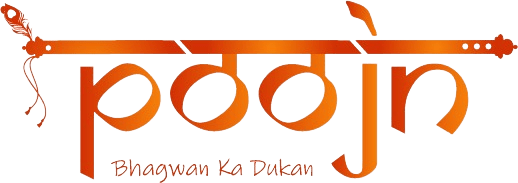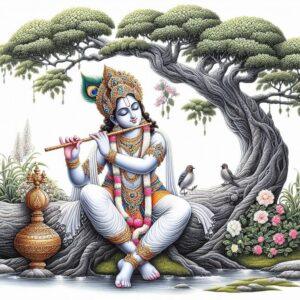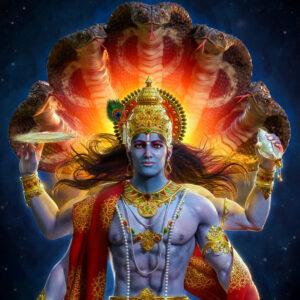
Introduction
In the vast tapestry of Hindu mythology, few figures stand as tall and revered as Maa Durga. Representing strength, motherhood, and divine power, Maa Durga is worshipped across India and beyond. Her tales are a testament to the triumph of good over evil, providing spiritual guidance and protection to her devotees.
Who is Maa Durga?
Maa Durga, also known as Shakti or Devi, is the principal form of the Mother Goddess in Hinduism. She embodies the collective energy of all the gods and is considered the ultimate protector. She is often depicted riding a lion or tiger, symbolizing her fierce nature and indomitable spirit. Her ten arms carry various weapons, each signifying different attributes she possesses.
The Birth of Maa Durga
The story of Maa Durga’s birth is both awe-inspiring and significant. According to Hindu mythology, she was created by the combined energies of the Trimurti (Brahma, Vishnu, and Shiva) to defeat the demon Mahishasura. The gods bestowed upon her their powers and weapons, making her an invincible force. This divine creation signifies that when collective efforts are put together, even the mightiest adversaries can be defeated.
The Symbolism of Maa Durga
Every aspect of Maa Durga’s depiction holds deep symbolism. Her ten arms represent her ability to multitask and protect her devotees from all directions. The lion she rides symbolizes courage and strength. Each weapon she holds, from the trident to the conch shell, signifies various aspects of human virtues and vices, reminding us of the balance we must maintain in life.
The Nine Forms of Maa Durga
During Navaratri, nine different forms of Maa Durga are worshipped, each symbolizing a unique aspect of the divine:
- Shailaputri: The daughter of the mountains, representing strength.
- Brahmacharini: The devoted ascetic, symbolizing penance.
- Chandraghanta: The warrior goddess, representing bravery.
- Kushmanda: The creator of the universe.
- Skandamata: The mother of Skanda (Kartikeya), symbolizing motherhood.
- Katyayani: The fierce form born to Sage Katya.
- Kalaratri: The dark night, representing destruction of evil.
- Mahagauri: The radiant one, symbolizing purity.
- Siddhidatri: The bestower of boons and perfection.
Maa Durga in Scriptures
Maa Durga finds mention in various Hindu scriptures, including the Vedas, Puranas, and epics like Mahabharata. The Devi Mahatmyam or Chandi Path is a key text dedicated to her, narrating her exploits and victories over demons. These scriptures highlight her role as a protector and nurturer, emphasizing her importance in Hindu dharma.
Significance of Navaratri
Navaratri is a nine-night festival dedicated to Maa Durga. It celebrates her victory over Mahishasura and symbolizes the triumph of good over evil. Each day is devoted to one of her nine forms, with rituals and prayers performed to seek her blessings. Navaratri culminates in Dussehra, marking the victory of Lord Rama over Ravana.
Maa Durga’s Iconography
Maa Durga’s iconography is rich with symbolism:
- The Lion: Represents courage and determination.
- The Ten Arms: Signify her omnipotence and ability to protect from all directions.
- The Weapons: Each weapon has its own significance. For instance, the trident represents three gunas (qualities) – Sattva (goodness), Rajas (passion), and Tamas (darkness).
Maa Durga’s Temples in India
India is home to numerous temples dedicated to Maa Durga:
- Vaishno Devi: Located in Jammu & Kashmir, it is one of the most revered shrines.
- Kamakhya Temple: Situated in Assam, it is one of the oldest Shakti Peethas.
- Dakshineswar Kali Temple: Located near Kolkata, it is a significant pilgrimage site.
- Kanaka Durga Temple: Situated in Andhra Pradesh, it attracts thousands of devotees during Navaratri.
Maa Durga and Her Battles
One of the most famous tales is her battle with Mahishasura. The demon had received a boon that no man could kill him. Armed with this power, he wreaked havoc on earth and heaven. The gods then created Maa Durga to combat him. After a fierce battle lasting nine days, she finally vanquished Mahishasura on the tenth day, celebrated as Vijayadashami or Dussehra.
The Spiritual Teachings of Maa Durga
Maa Durga’s stories are not just mythological tales but carry profound spiritual teachings. She teaches us about inner strength, resilience, and the importance of fighting against evil. Her multifaceted nature reminds us that we too have different roles and responsibilities in life and must balance them with grace and strength.
Maa Durga’s Influence on Art and Culture
Maa Durga has significantly influenced Indian art and culture. From ancient sculptures to modern paintings, she has been a muse for many artists. Festivals like Durga Puja see elaborate pandals (temporary structures) showcasing artistic renditions of her. Folk dances like Garba and Dandiya performed during Navaratri also celebrate her.
Festivals Dedicated to Maa Durga
Several festivals are dedicated to Maa Durga:
- Durga Puja: Primarily celebrated in West Bengal, it marks the victory of Maa Durga over Mahishasura.
- Dussehra: Celebrated across India, it signifies the victory of Lord Rama over Ravana but also commemorates Maa Durga’s triumph.
- Chaitra Navratri: Observed during spring, it is another nine-day festival dedicated to her nine forms.
Rituals and Practices Associated with Maa Durga
Worshipping Maa Durga involves various rituals and practices. During Navaratri, devotees fast, chant mantras, perform aarti (ritualistic worship with light), and read scriptures like Devi Mahatmyam. Special pujas (rituals) are also conducted in temples with elaborate ceremonies.
Maa Durga in Modern Times
In contemporary times, Maa Durga continues to inspire millions. Her festivals have become grander with time, blending tradition with modernity. She remains a symbol of empowerment for women and a source of strength for those facing challenges.
Devotees’ Experiences and Stories
Devotees across India share numerous miraculous stories associated with Maa Durga. From healing ailments to providing guidance during tough times, many believe in her divine interventions. These stories further strengthen faith and devotion among her followers.
How to Worship Maa Durga at Home
Worshipping Maa Durga at home can be a deeply spiritual experience:
Daily Rituals
- Light a diya (lamp) in front of her idol or picture.
- Offer flowers and fruits.
- Chant simple mantras like “Om Dum Durgaye Namah”.
Special Pujas
During Navaratri or other significant days:
- Perform a detailed puja with rituals described in scriptures.
- Read stories from Devi Bhagavata or Devi Mahatmyam.
Maa Durga Mantras and Chants
Chanting mantras dedicated to Maa Durga can invoke her blessings:
- “Om Dum Durgaye Namah”: A simple yet powerful mantra.
- “Ya Devi Sarva Bhuteshu”: A hymn from Devi Mahatmyam praising her omnipresence.
FAQs about Maa Durga
What is the significance of Maa Durga’s lion?
The lion represents courage and power. It signifies that Maa Durga provides strength to her devotees to overcome their fears.
Why do we celebrate Navaratri?
Navaratri celebrates the victory of good over evil. It honors Maa Durga’s triumph over Mahishasura and seeks her blessings for prosperity and protection.
What are the nine forms of Maa Durga worshipped during Navaratri?
The nine forms are Shailaputri, Brahmacharini, Chandraghanta, Kushmanda, Skandamata, Katyayani, Kalaratri, Mahagauri, and Siddhidatri.
How can I worship Maa Durga at home?
You can worship her by lighting a lamp daily, offering flowers and fruits, chanting mantras like “Om Dum Durgaye Namah”, and performing special pujas during festivals.
What is Devi Mahatmyam?
Devi Mahatmyam is a sacred text that narrates the stories of Maa Durga’s battles against demons. It highlights her power and benevolence towards her devotees.
Are there any famous temples dedicated to Maa Durga?
Yes, some famous temples include Vaishno Devi in Jammu & Kashmir, Kamakhya Temple in Assam, Dakshineswar Kali Temple near Kolkata, and Kanaka Durga Temple in Andhra Pradesh.
Conclusion
Maa Durga stands as an eternal symbol of strength, compassion, and divine power. Her stories inspire us to face challenges with courage and grace. As we celebrate her through various festivals and rituals, we are reminded of the timeless values she embodies – resilience, protection, and unwavering faith. May we continue to draw strength from Maa Durga in our journey through life.


